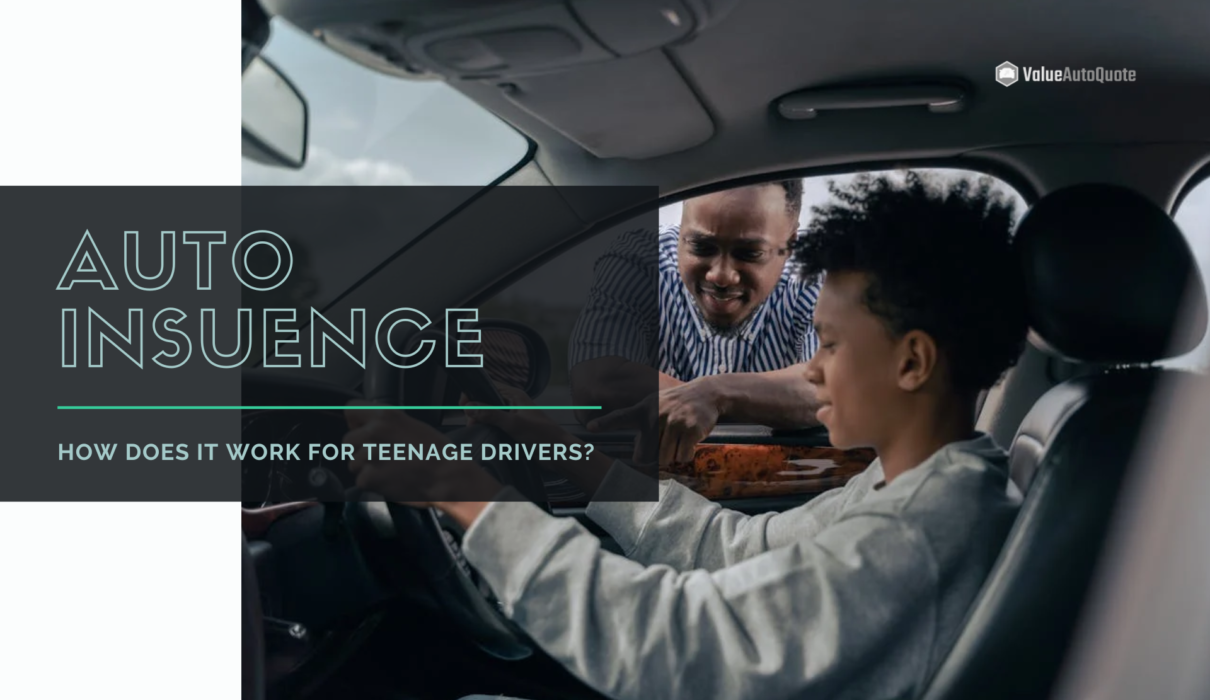Auto insurance for teenage drivers can be both crucial and expensive. Insurance companies consider teenagers to be high-risk drivers due to their lack of experience and statistically higher likelihood of being involved in accidents. Here’s how auto insurance typically works for teenage drivers:
- Higher Premiums: Teenage drivers usually face significantly higher insurance premiums compared to older, more experienced drivers. This is because insurance companies view them as a higher risk to insure. Premiums can vary based on factors such as age, gender, location, type of vehicle, driving record, and coverage options.
- Graduated Licensing Programs: Many states have graduated licensing programs for teenage drivers, which involve different stages before they obtain full driving privileges. Insurance rates may change at each stage, usually starting with a learner’s permit and then progressing to a provisional license before obtaining a full license.
- Parental Involvement: Parents often play a crucial role in insuring teenage drivers. In many cases, teenagers are added to their parents’ auto insurance policies. This can be more cost-effective than purchasing a separate policy, as parents may qualify for discounts or multi-car policies.
- Policy Options: Teenage drivers have various policy options to choose from, including liability coverage, collision coverage, comprehensive coverage, and uninsured/underinsured motorist coverage. It’s essential to understand the different types of coverage and choose the ones that provide adequate protection based on the teenager’s driving habits and the family’s budget.
- Good Student Discounts: Many insurance companies offer discounts for teenage drivers who maintain good grades in school. This is because studies have shown that students who perform well academically are often more responsible drivers. Providing proof of good grades can result in lower insurance premiums.
- Driver Monitoring Programs: Some insurance companies offer telematics programs that monitor teenage drivers’ behavior behind the wheel. These programs use devices installed in the vehicle or smartphone apps to track driving habits such as speed, braking, and mileage. Teenagers who demonstrate safe driving practices may be eligible for discounts.
- Driver Training Courses: Completing a driver training or defensive driving course can also result in lower insurance premiums for teenage drivers. These courses teach valuable skills and safety techniques that can reduce the risk of accidents.
- Parent-Teen Driving Contracts: Some families opt to create parent-teen driving contracts to establish clear rules and expectations for teenage drivers. These contracts may include provisions regarding seat belt use, passenger restrictions, curfew, and consequences for breaking the rules. Insurance companies may view such agreements positively and offer discounts accordingly.
Overall, auto insurance for teenage drivers requires careful consideration of various factors to ensure adequate coverage at an affordable price. Parents and teenagers should work together to understand their insurance options and make informed decisions to promote safe driving behavior on the road.

